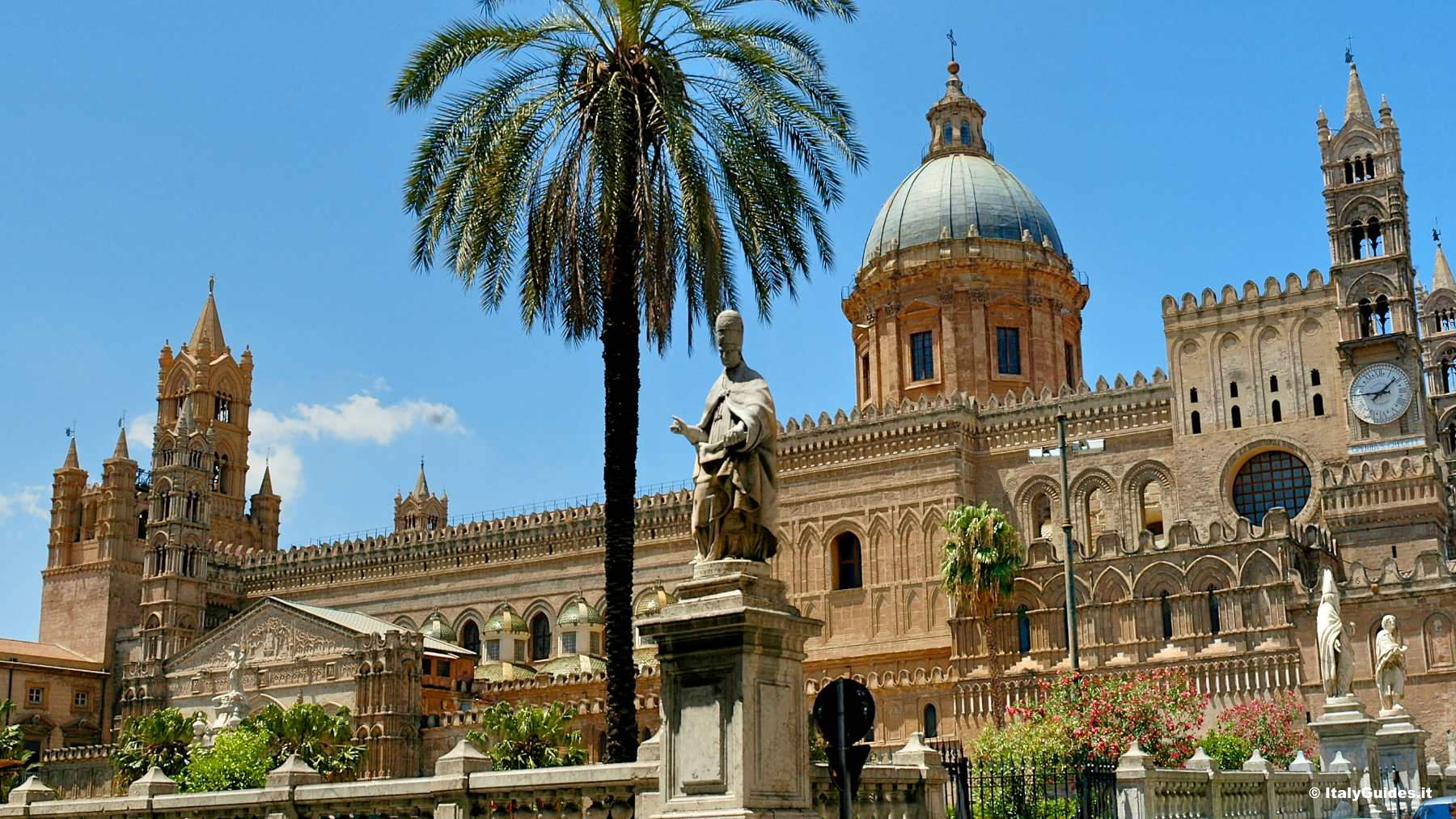Quick facts about Trieste

At the crossroads between the Latin, German and Slavonic worlds, the outstanding history of the city I was thinking I’d talk about today is an interesting case study. So here are some quick facts about Trieste which I hope you will find useful in case you are planning a trip to this lively, colorful Italian port by the Adriatic Sea.
The air of Trieste is more Eastern European than Italian. This is due to the city’s proximity to Slovenia. This city used to be one of the most prominent centers of the Habsburg Monarchy. Throughout the middle ages, the city was passed from Roman to Byzantine rule, then got sacked by Longobards and Franks, fought the Republic of Vienna and ultimately became part of the Habsburg area of influence.
Trieste was only returned to Italy in the 20th century. The cultural influences in town are eclectic, making it a good example of multi-culturalism.
San Giusto Cathedral, dating back to the 14th century, is the symbol of Trieste. Overlooking it is the Castle of San Giusto and the old city walls (part of which are still standing). With a Trieste airport transfer or if you book a Trieste rental car, you can enjoy the quiet beauty of the city and bask in its authentic air.
When in town, don’t miss the chance to drink a coffee or a cup of wine at the Piazza dell’Unita, the biggest square in Trieste. This is where all the people, locals and tourists alike, gather to socialize. If you don’t speak “Triestine” (the local dialect), don’t worry: in this small town, you will find people who speak several languages, including Slovin, German, Italian and English.
A visit to Trieste is a personal and very beautiful experience in the intimate atmosphere of a small town with a big heart!





